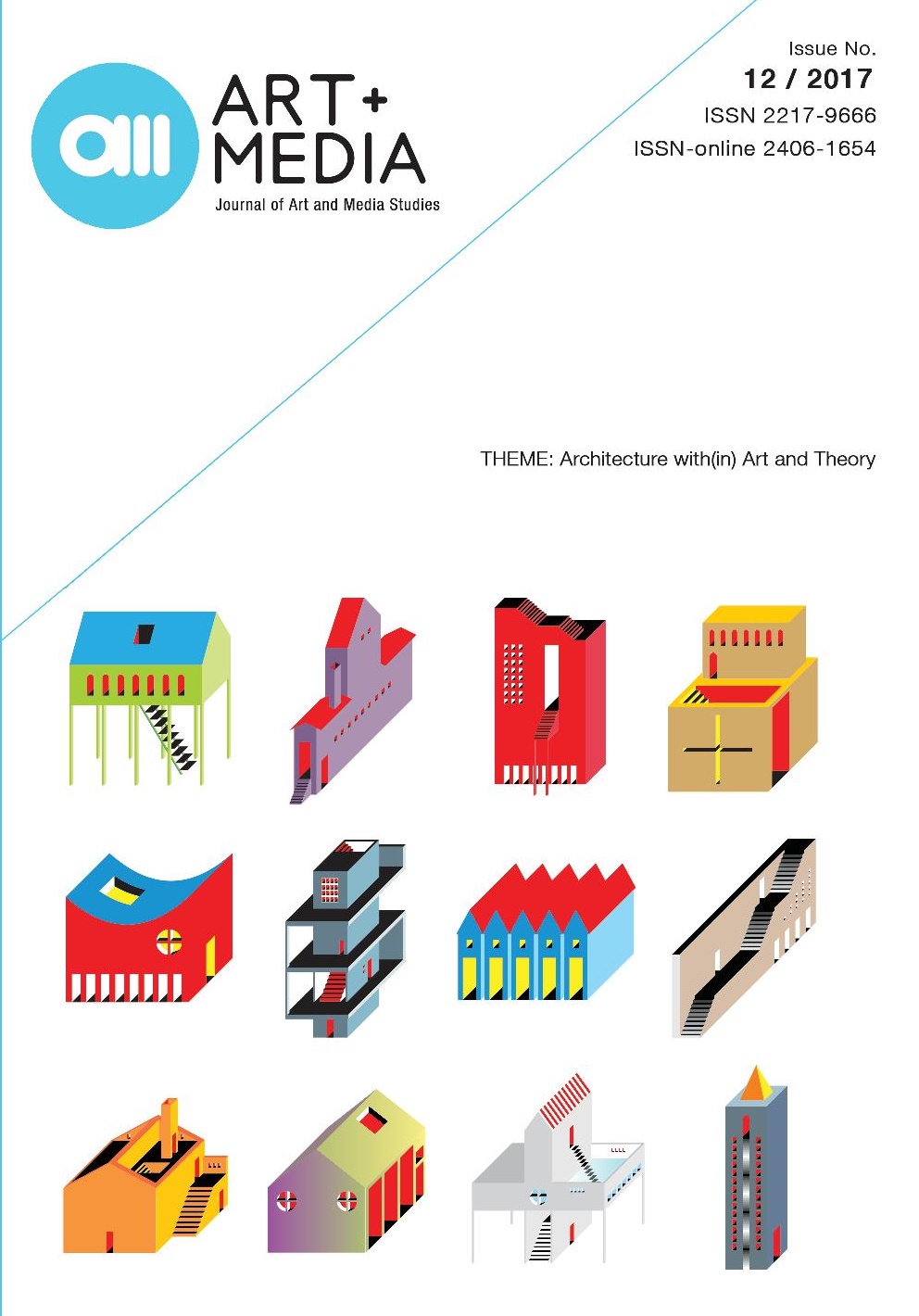Experience and Theory in Architectural Design: Digital Chain Case
Experience and Theory in Architectural Design: Digital Chain Case
Author(s): Mariela Cvetić, Slađana MarkovićSubject(s): Architecture
Published by: Fakultet za medije i komunikacije - Univerzitet Singidunum
Keywords: Digital Chain; design process; realization process; experience; experiment; emerging architecture; theory
Summary/Abstract: The aim of this paper is to research the impact to emerging theory based on the relation between the architect and his work in a digital approach to the process of design and realization by the principle of Digital Chain. Digital Chain is an uninterruptible digital process consisting of design (idea, coding, geometrics), through construction (structure, junction, prototyping) to production (fabrication) with every step as a programmed entity connected by CAAD/CAM technology universal interfaces. The term Digital Chain is defined and researched (theoretically, experimentally and practically) by the CAAD Chair at ETHZ within the research projects of this institute. Digital Chain is not continuous without the role and position of the architect as the fluid energy and expert that investigates how digital technology is changing, i.e. the entire process of the chain, simultaneously adapting to it. In that sense architecture appears as an open work (Umberto Eco) without final definitions and in a constant process of information motion as the main component of the architectural product caused by the demands of context, function, form and user input. Testing design code through changes of parameters in iterations, as well as checks in prototype on the next level, makes the theoretical playground between experiment and experience, through education and expertise. It is examplary that interest in the process (performance) was larger than the representation (appearance), what Deleuze and Guattari call supremacy of the Gothic spirit over the spirit of Romanesque or classical spirit, where Gothic deals with the generation of Gothic architecture by understanding the forces, trends and behavior of the material from the bottom to the top, contrary to the classic generation that deals with the imposition of visual aspects such as the proportion of top-down. This paper considers experience or posteriori knowledge as the main driver of the emerging theory of the Digital Chain.
Journal: AM Časopis za studije umetnosti i medija
- Issue Year: 2017
- Issue No: 12
- Page Range: 121-134
- Page Count: 14
- Language: English

